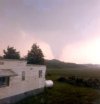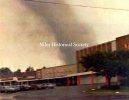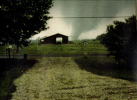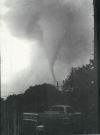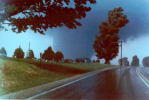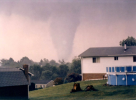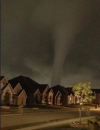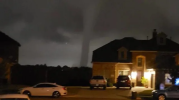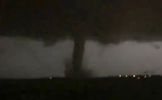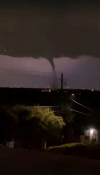I agree, well worth the long wait for it. I recall him stating he would have the video up on May 31 this year, but I vastly prefer him taking his time on complex past events to really take a deep dive into these outbreaks. This video was absolutely phenomenal.Was one of his best case study videos IMO.
Really went into just how rare this set up was and the numerous ingredients that had to align just right to produce the result. Really explains why this event is so anomalous in (reliable) tornadic record history.
It’s extremely hard to get an undiluted EML into that region. A paper he referenced shows that area of the northeast may not get a single day with an EML in an entire year. For reference, the plains get up to 15 days a year per their definition. It required a confluence of factors like a specific, compatible jet geometry, trough location, and high pressure placement in the southeast to do it. Time of year also helped, with plentiful moisture already sitting in place. Then add a slow moving cold front (due to small temperature gradient behind vs in front of the boundary) and you got more subtle forcing for discrete cells.
I’d definitely recommend watching it.
After watching the video, the event was a straight-up monster plains setup that just so happened to build itself around the Great Lakes in a perfect confluence of ingredients. One thing I found particularly interesting was the lack of southerly surface winds in many of the pulled soundings he had, and the strong veering/strengthening of the winds with height was the thing that mattered much more when it actually came to tornadic production. It makes sense that a setup in the northeast is far less reliant on there being a southerly component to the surface winds due to the geography, but still, there were some soundings in the video that had surface winds out of the WSW. That’s pretty insane to me. I fully expected those hodographs to be much more potent looking and the thermos to be less impressive than they were for this event.

